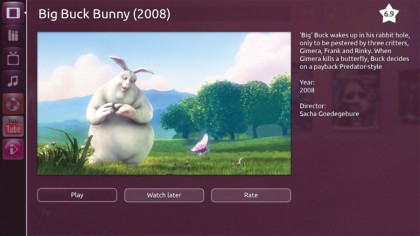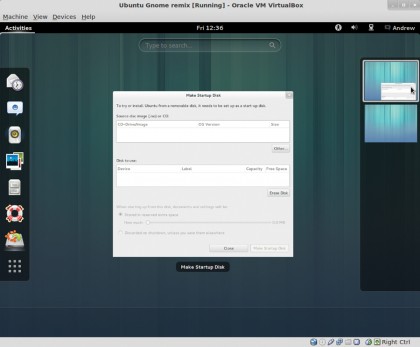Has Ubuntu lost it?
Some say Canonical has lost its way. Are they right?
Made for TV

That would be quite an achievement, but is Shuttleworth overreaching given the somewhat disappointing take-up of Ubuntu for phones, and the lack of market penetration achieved by Ubuntu TV so far?
Ubuntu TV was the first non-desktop gadget-based OS launched with the Unity interface, and it was launched with a similar fanfare to that that accompanied the launch of Ubuntu for phones. Ubuntu for TV was going to revolutionise the way we consumed content, setting us free to watch what we want when we want.
Canonical CEO Jane Silber said at the time of Ubuntu TV's launch: "OEMs and ODMs are increasingly wary of the walled garden approach that certainly Apple takes - and increasingly Google, although it's much more open than Apple. We see a lot of demand for a neutral player."
This is exactly the line that Canonical is taking with Ubuntu for phones: that there's a duopoly of Apple and Google controlling smartphones and other small mobile devices, and that the OEMs of the world are crying out for a system that will enable them to break the control of the big two - a "neutral player", as Silber puts it. We hope the phones and tablets succeed, but is it too late for Ubuntu to make an impact on the mobile market?
If it is, and the phone- and tablet-specific features rumoured to be in a forthcoming release of Ubuntu (check out https://wiki.ubuntu.com/Touch/Install to get a copy of the Ubuntu Touch Developer Preview - but read the disclaimers first) go largely ignored, then you have to wonder whether Canonical's push for convergence has been worth the effort.
Over a year on from the launch of Ubuntu TV there are precisely zero manufacturers making the things.
Why Ubuntu's great
Ben Everard doffs his hat to Mark Shuttleworth for taking all the risks
Get daily insight, inspiration and deals in your inbox
Sign up for breaking news, reviews, opinion, top tech deals, and more.

Ten years ago, the Linux world was very different from today. Back then, the idea of using Linux if you weren't a hard-core computer geek was laughable. Mark Shuttleworth changed all that. He came along with an idea that Linux could be easy to use, and he made it so.
Earlier, we said that Canonical didn't contribute as many patches to the Linux kernel as other companies. This is because Canonical realised what other people didn't: that desktop users didn't care about the kernel - they wanted a well-integrated, easy-to-use desktop.
That's what Canonical has spent their time doing, and you know what? They've been far more successful at getting new users into the Linux fold than Red Hat, SUSE, or any of the other top kernel contributors.
Canonical's contribution to the Linux ecosystem wasn't new code, but a new mindset. A mindset that said "Hey, Linux is for everyone." And, interestingly, that mindset was what Linux needed then. There were already hundreds of developers working on the kernel, but very few working on making it friendly.
The second big thing that Canonical has done for Linux is provided infrastructure. Take Linux Mint as an example. It's one of, if not the, most popular Linux distributions today. It's easy to see it as being the successor to Ubuntu as Linux for the average Joe. Yet, the way the Mint developers have been able to focus so much on creating a great user experience is by not having to focus on the infrastructure. They simply use Ubuntu's repositories, and then, without even trying, they have servers to distribute updates around the world for zero cost.
Ubuntu is also the only remaining major commercial distribution that regular users can actually use. Sure, Red Hat does all this wonderful stuff, it might even be a wonderful distro, but unless you have thousands of pounds to spend, you'll never know. The same is true of SUSE. Yes, they both have community versions, but they keep the best stuff for their enterprise clients only.